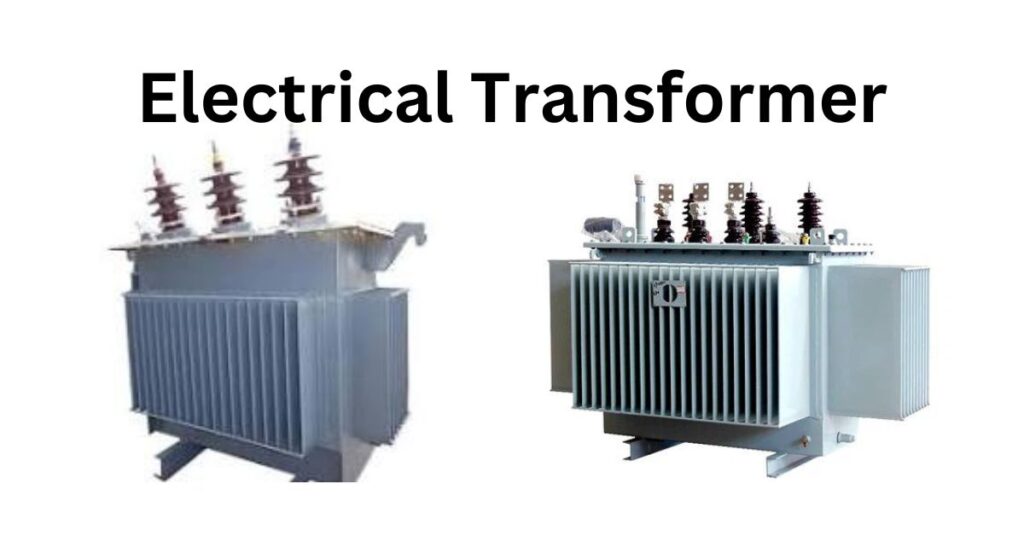Introduction
In electrical engineering, safety and reliability are crucial factors. An Air Circuit Breaker (ACB) is a key device that plays an essential role in protecting various electrical systems. This guide will explain what is Air Circuit Breaker, how it is used, its benefits, and how to maintain it properly. Additionally, we will explore related topics such as Vacuum Circuit Breakers (VCB), AFCI Circuit Breakers, and other types of circuit breakers.
What is an Air Circuit Breaker?
Definition and Function
An Air Circuit Breaker (ACB) is a type of circuit breaker that uses air as the arc extinguishing medium. It is primarily used for low voltage applications and serves to protect electrical circuits from damage caused by overcurrent, short circuits, and electrical faults.
Range of Air Circuit Breaker
- Range: ACBs are available with current ratings from 1,000 A to 10,000 A.
- ACB capacity of current rating is 400A to 6300A.
Types of Air Circuit Breakers
- Power distribution: Substations, industrial plants, and commercial buildings.
- Motor control centers: Protecting electric motors from overload and short circuits.
- Switchboards: Controlling and protecting electrical circuits.
Plain Break Type
The Plain Break Type ACB operates by separating the contacts in the open air, where the arc is formed and extinguished.
Magnetic Blowout Type
The Magnetic Blowout Type uses magnetic fields to force the arc into a longer path, which aids in extinguishing it more quickly.
Air Chute Type
The Air Chute Type ACB employs an air chute to direct the arc into a quenching chamber, enhancing the efficiency of arc extinguishment.
Working Principle of Air Circuit Breakers
Air Circuit Breakers operate by separating their contacts in the air. When the contacts separate, an arc forms between them. The arc is then extinguished by air, preventing excessive current flow and protecting the circuit.
Key Components of Air Circuit Breakers
Contacts
The contacts are the conductive parts of the ACB that make and break the electrical circuit. They are designed to withstand the high temperatures and forces involved in arc formation.
Arc Chutes
Arc chutes are structures that help in directing and extinguishing the arc formed when the contacts separate.
Operating Mechanism
The operating mechanism controls the movement of the contacts and ensures the ACB operates correctly during fault conditions.
Air Circuit Breaker vs. Vacuum Circuit Breaker (VCB)
Differences in Arc Extinguishing Medium
While ACBs use air to extinguish the arc, VCBs use a vacuum. The vacuum provides a highly efficient arc extinguishing environment, making VCBs suitable for medium and high voltage applications.
Application Variations
ACBs are typically used in low voltage applications, such as in commercial and residential breaker panels. VCBs are more commonly used in medium and high voltage applications, such as in industrial settings.
Maintenance and Durability
VCBs generally require less maintenance and have a longer service life compared to ACBs, due to the vacuum’s effectiveness in arc extinguishing and reduced contact erosion.
Applications of Air Circuit Breakers
Industrial Applications
In industrial environments, ACBs are used to protect machinery and equipment from electrical faults. They ensure the smooth operation of processes by preventing downtime caused by electrical failures.
Commercial Applications
ACBs are essential in commercial buildings to safeguard electrical systems, such as those in offices, shopping malls, and hospitals.
Residential Applications
While less common in individual homes, ACBs can be used in large residential complexes to provide reliable protection and enhance electrical safety.
Advantages of Air Circuit Breakers
Reliability
ACBs are known for their robust design and reliable performance in protecting electrical systems from faults.
Cost-Effectiveness
Compared to other types of circuit breakers, ACBs are generally more affordable, making them a cost-effective solution for many applications.
Ease of Maintenance
ACBs are relatively easy to maintain, which helps in ensuring their long-term reliability and performance.
Understanding Circuit Breakers
AFCI Circuit Breaker
An Arc Fault Circuit Interrupter (AFCI) breaker is designed to prevent fires caused by arc faults. These breakers detect arc faults and interrupt the circuit to prevent electrical fires.
GFCI Circuit Breaker
A Ground Fault Circuit Interrupter (GFCI) breaker protects against electrical shock by interrupting the circuit when a ground fault is detected. GFCI breakers are commonly used in wet areas, such as bathrooms and kitchens.
ELCB and RCBO
An Earth Leakage Circuit Breaker (ELCB) detects earth faults and interrupts the circuit to prevent electrical shocks. Residual Current Circuit Breakers with Overcurrent Protection (RCBO) combine the functions of an ELCB and a circuit breaker, offering comprehensive protection.
Installation and Safety Tips for ACBs
Selecting the Right Breaker
Choose an ACB that matches the specifications of your electrical system, including the voltage and current ratings.
Installation Best Practices
Ensure proper installation of the ACB in the breaker panel. Follow manufacturer guidelines and local electrical codes to ensure safety and reliability.
Regular Maintenance
Conduct regular maintenance, including cleaning, lubrication, and inspection of contacts and other components. This helps in preventing issues and ensuring the longevity of the ACB.
Common Issues and Troubleshooting
Overheating
Overheating can occur due to loose connections or high ambient temperatures. Regularly check connections and ensure proper ventilation around the ACB.
Frequent Tripping
Frequent tripping may indicate underlying electrical issues, such as overloads or short circuits. Conduct a thorough inspection to identify and resolve the root cause.
Wear and Tear of Components
Over time, components of the ACB may wear out. Regular maintenance and timely replacement of worn-out parts can prevent failures and extend the life of the ACB.
Conclusion
Air Circuit Breakers (ACB) are vital components in ensuring the safety and reliability of electrical systems. Understanding their working principles, applications, and advantages helps in making informed decisions for electrical installations. By incorporating regular maintenance and adhering to safety practices, ACBs can provide long-lasting and dependable protection.


